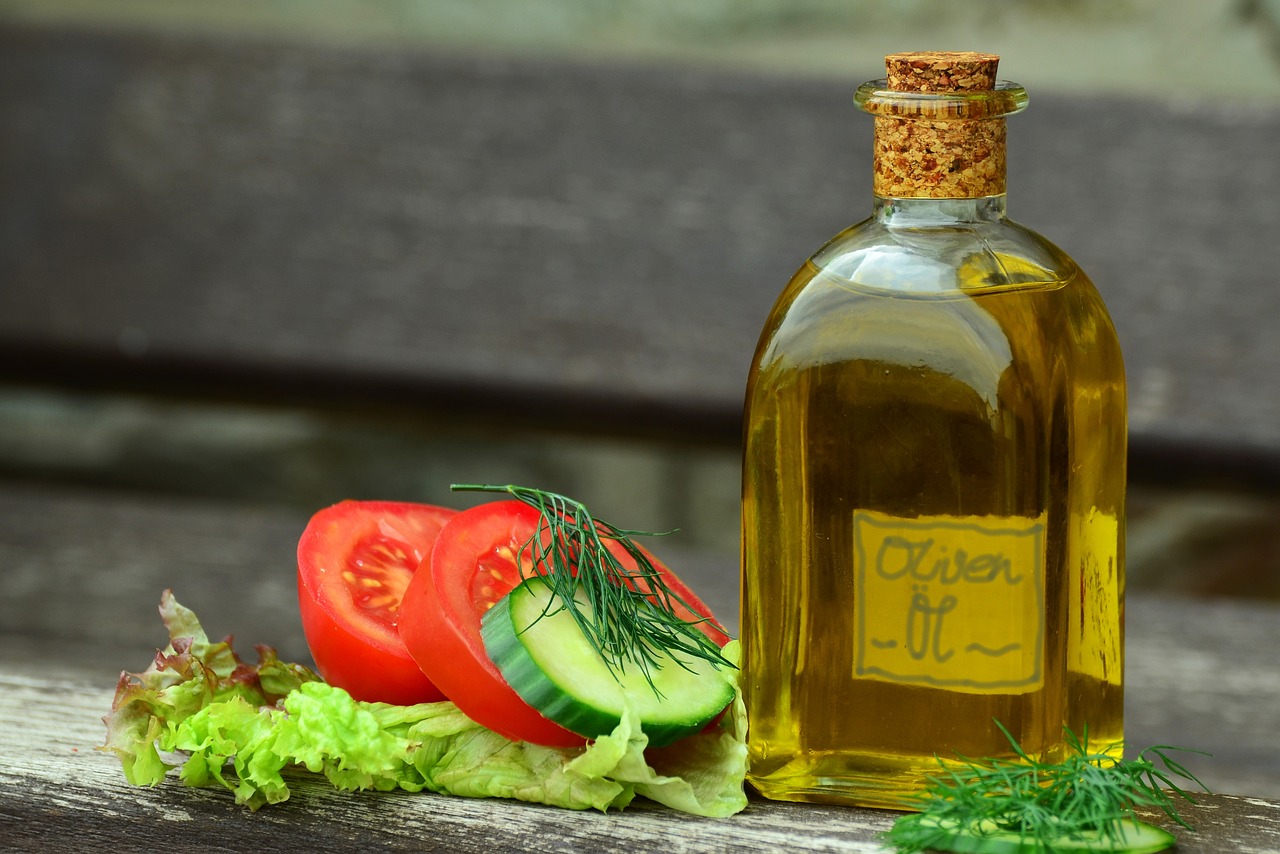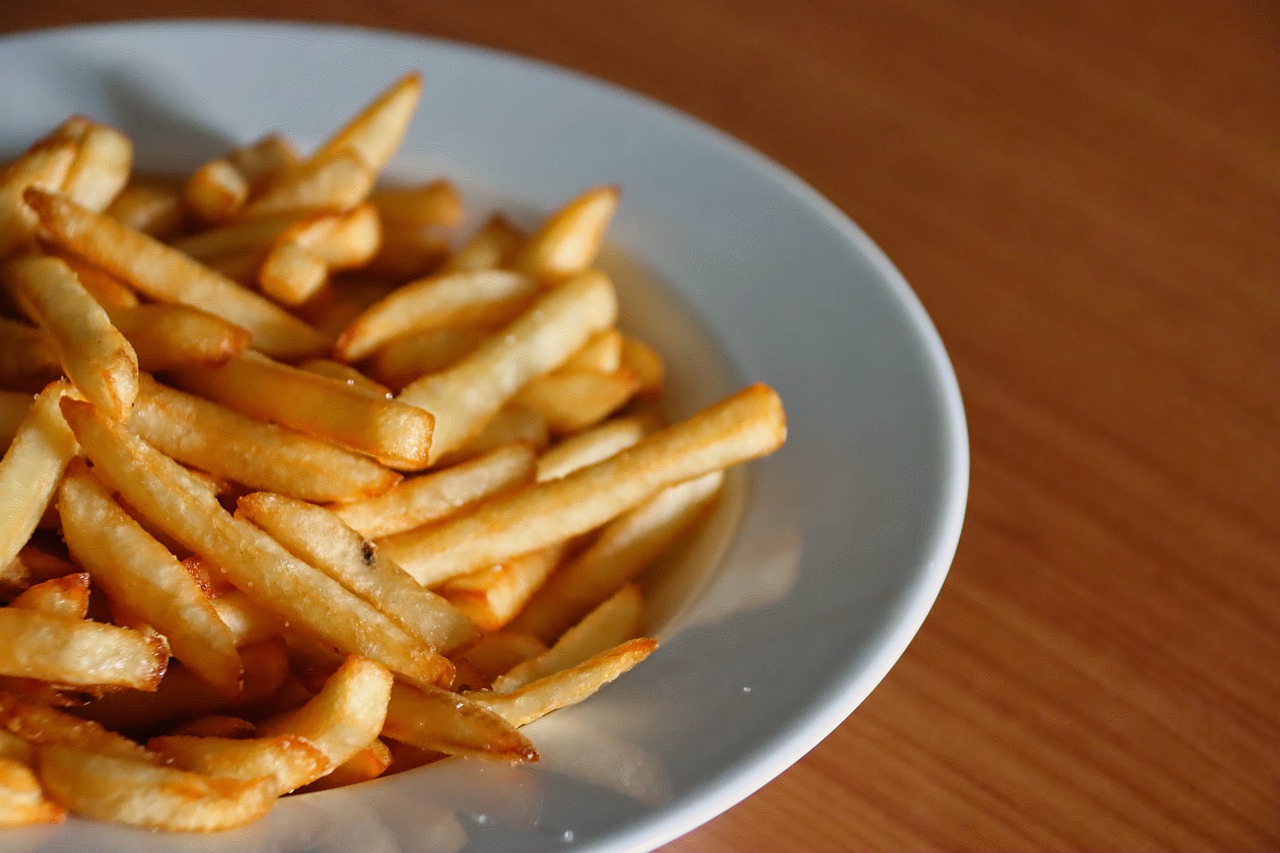Frying oil is a potential danger if released into the environment. To dispose of it properly, it is important to let it cool, put it in a container and take it to the nearest recycling center. Alternatively, we can also ask a restaurant owner to do it for us.
Frying is a common habit in Italian homes. Potatoes, fish and other things are cooked and brought to the table throughout the year. The end that theoil used for frying However, it is almost never the best for the environment. In most cases, domestic drains take care of this uncomfortable task, with potential damage to the pipes as well as to the possible pollution which derives from it.
Il oil consumption in Italy is about 1,400,000 tons every year, more or less equally divided between olive oil and seeds. The alarming data, however, is the amount of it that once exhausted ends up in nature. Through the pipes it is estimated that a figure close to 800 thousand tons is released into the ecosystem.
Damage to the environment resulting from incorrect disposal
L’frying oil exhausted is absolutely not a “natural” residue that the environment can dispose of without causing any damage. On the contrary, it often ends up polluting the aquifers making them undrinkable, in addition to the possibility that a thin layer settles on the ground damaging the water supply.water of plants and vegetables.
Added to this is the negative impact that waste cooking oil can have on the marine ecosystem. Once reached through the sewerage networks and the infiltration into the aquifers, fresh water bodies and seas, the oily liquid forms a patina on the surface which reduces the passage of solar rays, altering the normal natural balances.
How to dispose of frying oil properly
Lo disposal of frying oils is substantially linked to the recovery, already foreseen for restaurants, fast food and catering in general. The most problematic aspect of the issue therefore concerns families, who when inside their homes dispose of used oil in the worst way: the sink or toilet drain.

First thing to do after using theoil for frying is to let it cool. It may seem like a trivial advice, but it is always better to remember the obvious, especially when talking about safety and risk of minor burns and scalds domestic.
Once cooled theused vegetable oil it should be collected in a large container and kept aside until it is completely full. The oil normally contained in tuna cans can also be poured into the container. At that point it is time to inquire with your local waste disposal company, for example AMA for Rome, about where the ecological island closest to your home is.
These collection centers are now a reality in most Italian urban centers, points where it is in some cases possible to proceed with the disposal of other particular types of waste such as WEEE. The reference in Italy for the disposal of used vegetable oils is the CONOE (National Mandatory Consortium for the collection and treatment of used vegetable and animal oils and fats), founded in 2001 and recently joined by Coldiretti.

If you have difficulty reaching the designated ecological islands, a possible alternative is to give your used oil to the restaurant near your home. The restaurateur is not obliged in any way to accept, but by taking care to address him with courtesy it is possible that he will end up agreeing.
How do you reuse frying oil?
Recycled frying oil can have a new life in the form of biofuels, vegetable lubricants, and even glycerin for saponification. To learn all the ways it can be recycled, here is a guide on how to reuse frying oil.
Mistakes to avoid
In an attempt to dispose of the oily residues from frying in the most natural way possible, we often end up making some unpleasant mistakes. One of these is using used vegetable oil as fertilizer for our garden or vegetable patch.
As previously highlighted, the liquid will form a thin layer that is only partially permeable to solar rays, as well as reducing the ability of plants and vegetables to access essential water resources. The soil will be further depleted of its natural microorganisms, further damaging your crops.
Source: www.greenstyle.it


